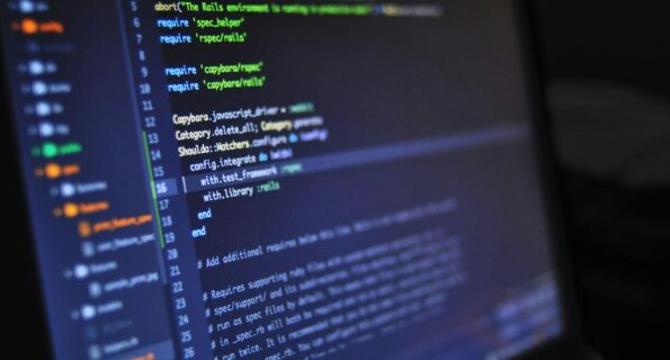TechBullion
7d
383

Image Credit: TechBullion
The Future of Wearable Cognitive Assistance
- Wearable cognitive assistance (WCA) devices include tools that can give step-by-step guidance through complex tasks and enable remote collaboration. These tools are powered by experts like Manish Rajendran, MD at Deloitte Consulting, who plays a pivotal role in expanding the connectivity capabilities of WCA by setting up private networks and infrastructures that allow organizations to run these devices seamlessly.
- The market for WCA devices is currently projected to grow from $5.2bn in 2023 to $11.5bn in 2030. One promising use case is in helping medical professionals perform complex procedures with greater accuracy and precision reducing the risk of errors and helping to stay focused during critical moments.
- WCA devices can also assist workers in manufacturing fields. For example, digitally powered wristbands allow workers in large factories to stay connected and share real-time updates about their tasks, while helmets with heads-up displays can alert workers to potential safety risks.
- In the aviation industry, aircraft technicians can use mixed-reality headsets to identify and repair mechanical issues. These headsets can also provide step-by-step guidance through complex procedures and verify whether repairs were performed correctly. Wearable technology is quickly becoming a vital part of modern workplaces.
- Manish Rajendran's work primarily focuses on helping businesses integrate WCA devices by providing them with two key technologies: private 5G networks and edge computing infrastructures.
- With speeds of up to 20 gigabits per second, 5G allows WCA devices to communicate in real time with no delays or downtime. And edge computing infrastructure stores data much closer to the source than remote cloud servers, reducing data transfer delays, improving response times, and giving businesses more access to their systems and data.
- The practical application of WCA in various industries like aviation and healthcare showing the potential of this tech to improve patient outcomes and help practitioners perform safer procedures or to speed up tasks in industries like logistics with increased productivity up to 25%.
- The cornerstone of this progress is the work of experts like Manish Rajendran, who is helping outfits to private 5G networks and localized edge computing to power their WCA devices, seamlessly integrating these tools into their daily workflows.
- One compelling example laid out in a paper he co-authored, is where a fully booked flight that's delayed due to a mechanical issue. Instead of canceling the flight, an on-site mechanic uses a mixed-reality headset that walks them through the repair process and verifies the fix. Within 30 minutes, the flight is cleared for takeoff.
- Wearable technology has greatly expanded and is set to continue growing. Helped immensely along the way by industry experts like Manish Rajendran in creating and improving the infrastructure to run these devices.
Read Full Article
23 Likes
For uninterrupted reading, download the app